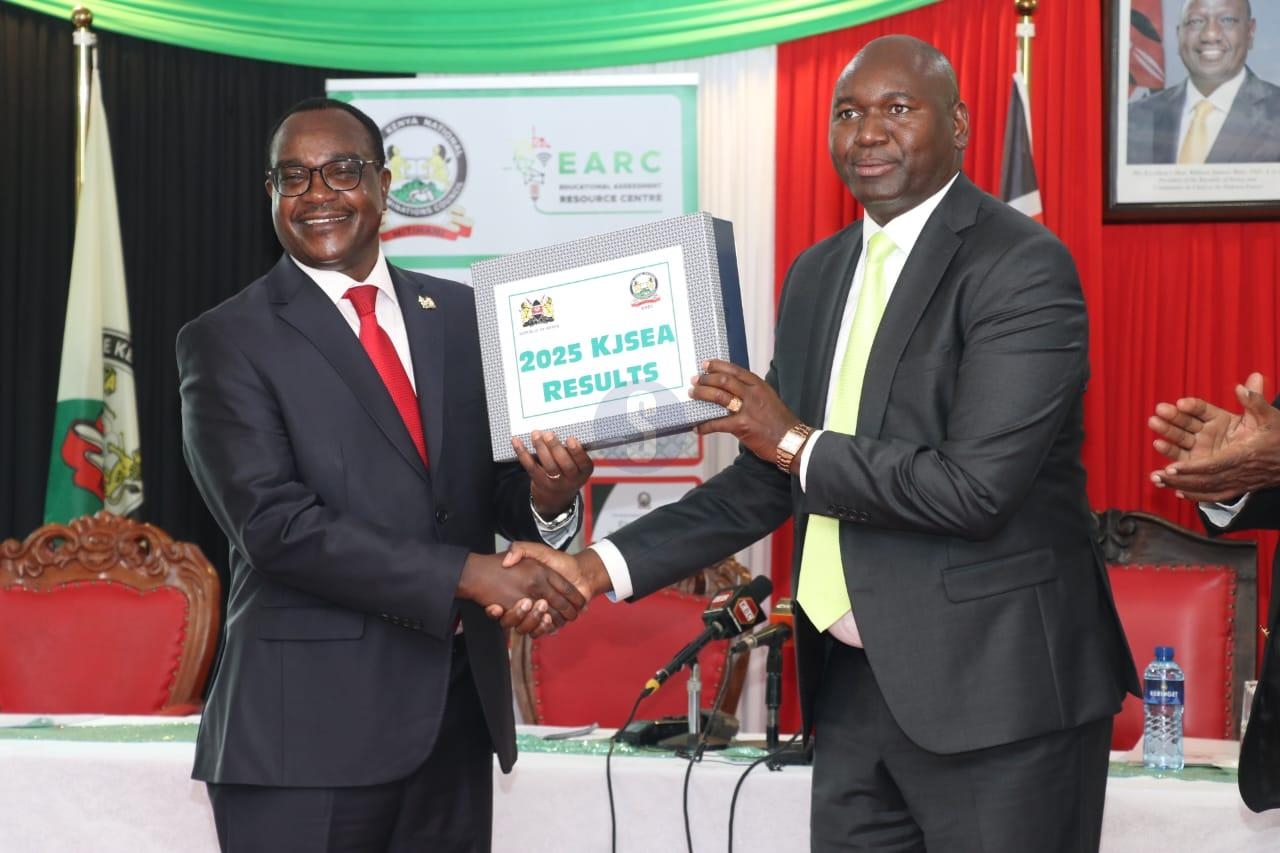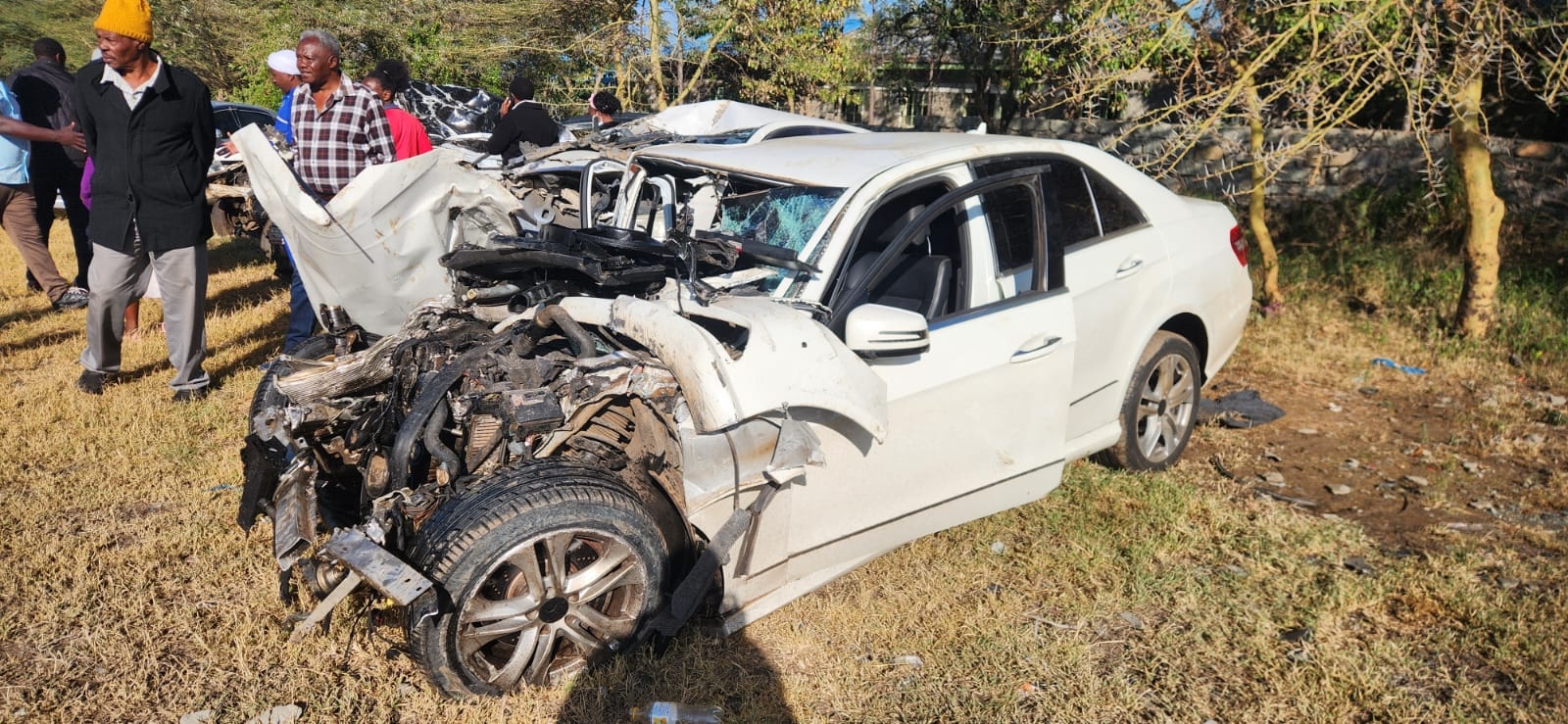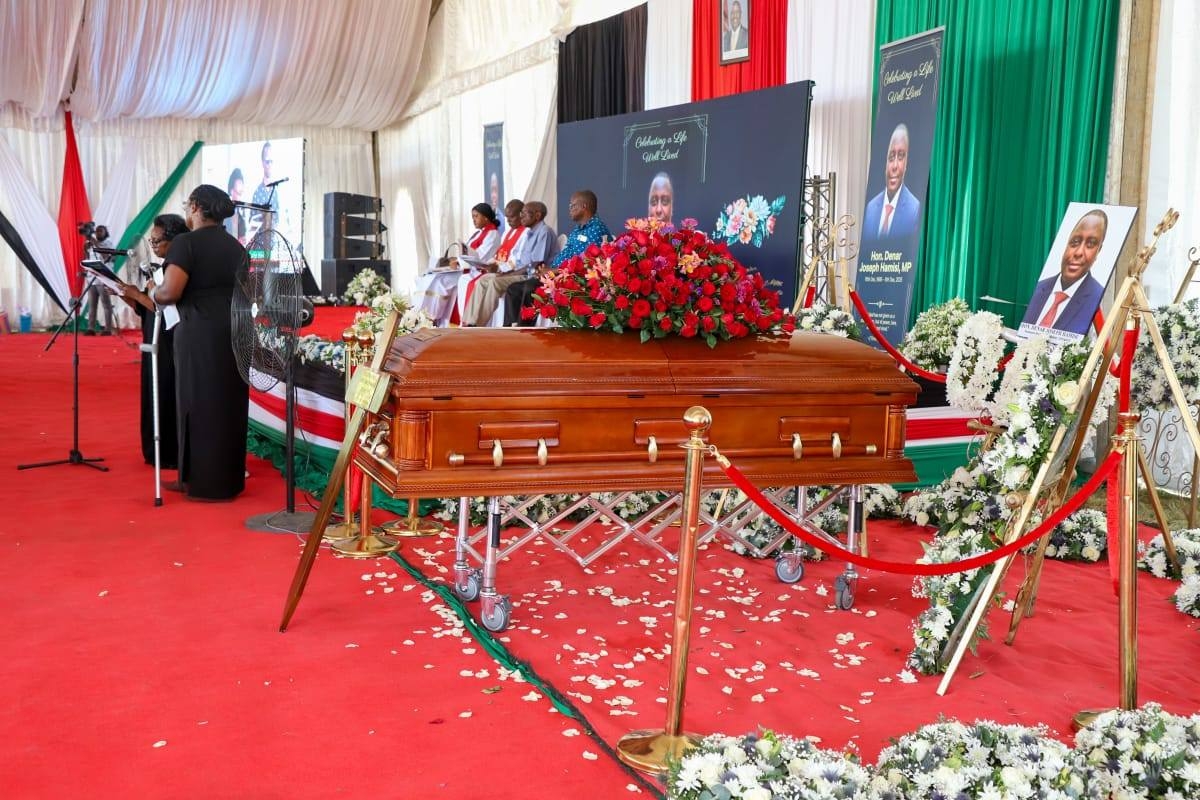Medical practitioners will now have a set of guidelines that will help identify and manage cardiovascular diseases.
The Kenya National Guidelines for the Management of Cardiovascular Diseases 2024, launched last week in Mombasa, will enable detection of CVDs in patients at their early stages.
CVDs are a group of disorders of the heart and blood vessels, including heart attacks, heart failure, strokes and kidney disease.
Others are coronary heart disease, cerebrovascular disease, peripheral arterial disease, rheumatic heart disease, congenital heart disease, deep vein thrombosis and pulmonary embolism.
These diseases lead to high morbidity and mortality in Kenya and around the world.
The World Health Organization notes they remain the leading cause of death in the world.
Early detection is key to managing CVDs and preventing premature deaths.
The new guidelines will help reduce mortality rates occasioned by CVDs - if well implemented.
Management of CVDs involves diagnosis, rehabilitation, referral systems, training human personnel and equipping of facilities, among others.
“This (the guidelines) is not just based on our local data. It is based on research that has been done at international level and borrowed from the best international guidelines,” Kenya Cardiac Society president Bernard Samia said on Tuesday.
The interventional cardiologist based at the MP Shah Hospital in Nairobi, said risk factors include hypertension, diabetes, obesity and lifestyle issues that predispose people to such conditions.
“Lifestyle remains the main cause of cardiovascular diseases among Kenyans,” Samia said.
Sedentariness, smoking, heavy intake of alcohol and poor diets, among others, are common lifestyle challenges.
The KCS president urged Kenyans to go for regular check-ups, apart from observing healthy lifestyles.
Gender balance in the industry is also a challenge, with women making about 15 per cent of 100 cardiologists in the country.
Samia called on the Ministry of Health to channel resources, for cardiovascular care to have optimal output.
Approximately 17.9 million people suffering from CVDs across the world die every year, WHO notes.
Over three quarters of these deaths take place in low and middle-income countries.
In Kenya, health facilities struggle to give sufficient care to patients because of inadequate funds and poor equipment.
This is despite one out of every four, or 25 per cent of hospital admissions, being a cardiovascular patient, data from the Health ministry shows.
Last year, Medical Services deputy director general in the ministry, Zainab Gura, said the government was training 100,000 community health promoters to help provide services.
This was in the wake of a lack of cardiac caregivers.
She attributed this to the long and rigorous training for cardiovascular healthcare workers, which can take up to 13 years.
Healthcare workers said the government should consider zero-rating equipment used in treating cardiovascular diseases.
These include pacemakers, stents and heart valves, which are expensive mostly due to taxes.
One pacemaker goes for between Sh160,000 and Sh180,000, whereas in the Middle East or in Egypt, they are 40 per cent cheaper.
Head of non-communicable diseases department in the ministry, Gladwell Gathecha, said the government is working to get services to the people through community health promoters.
These are kitted with equipment that can help screen people, to increase the numbers reached.
Very few Kenyans go for screening, however, she added.
















